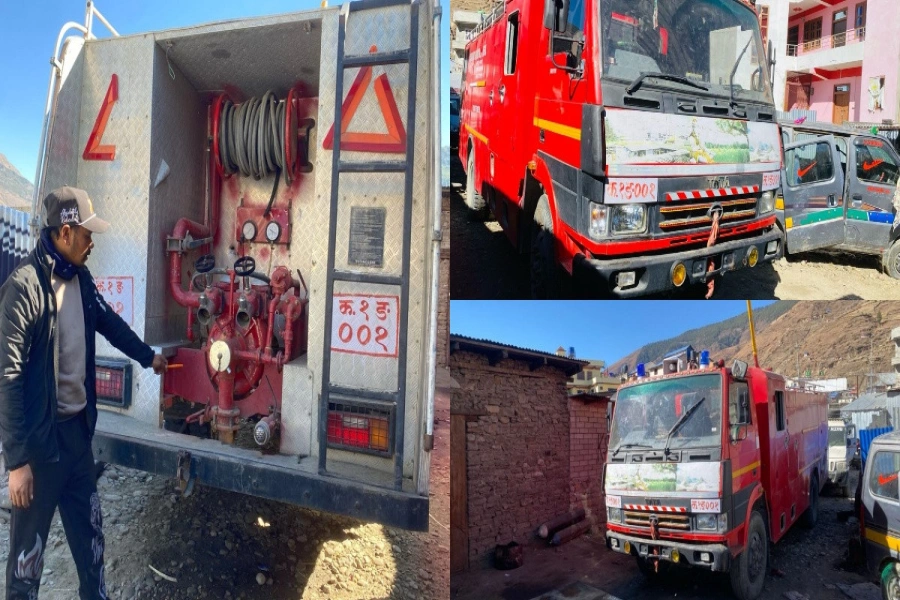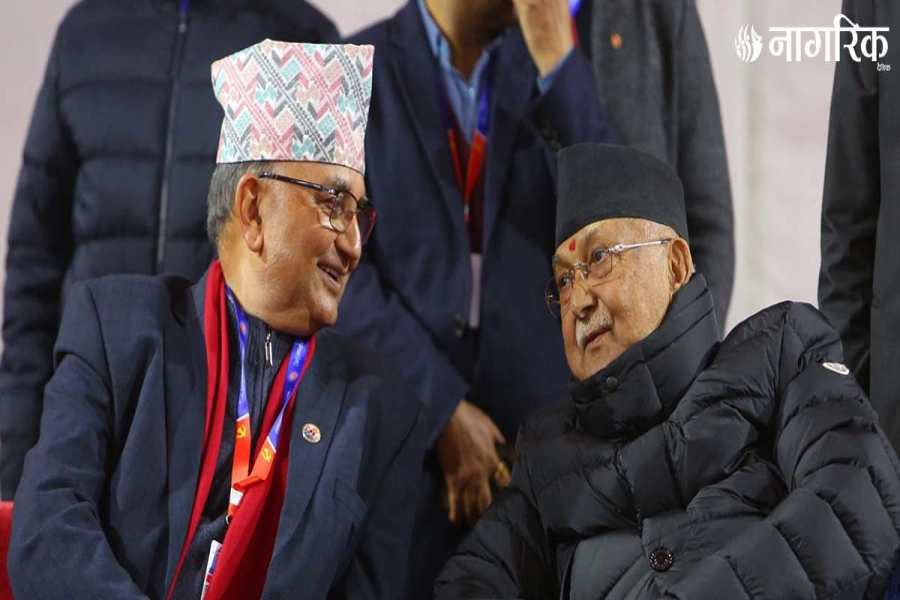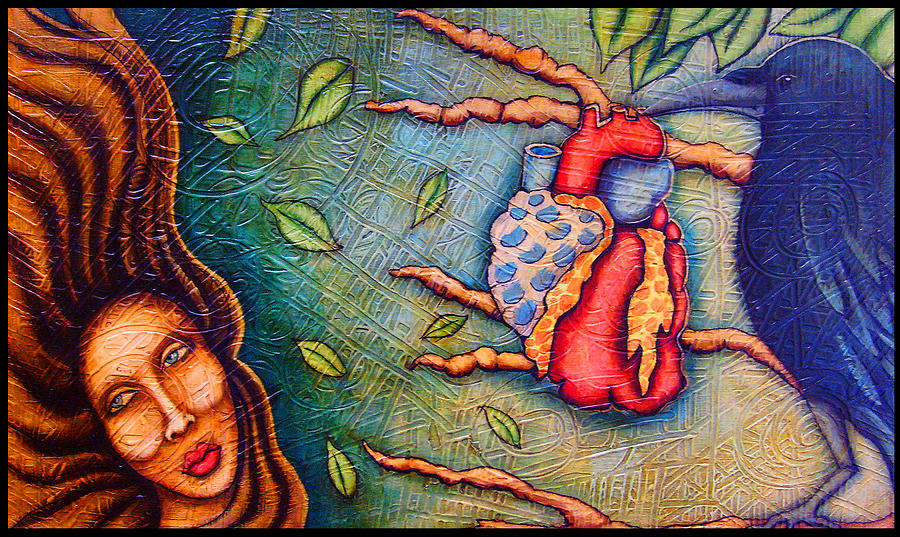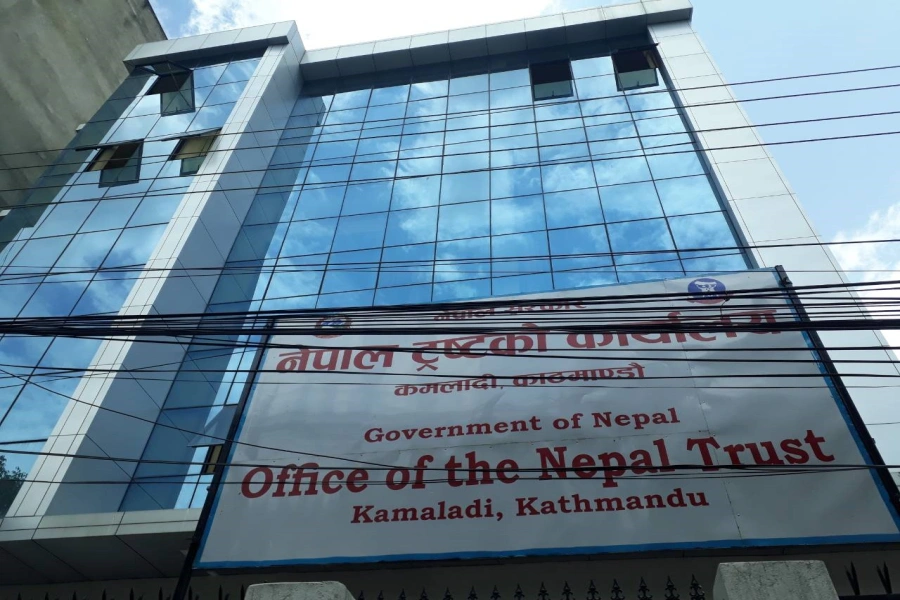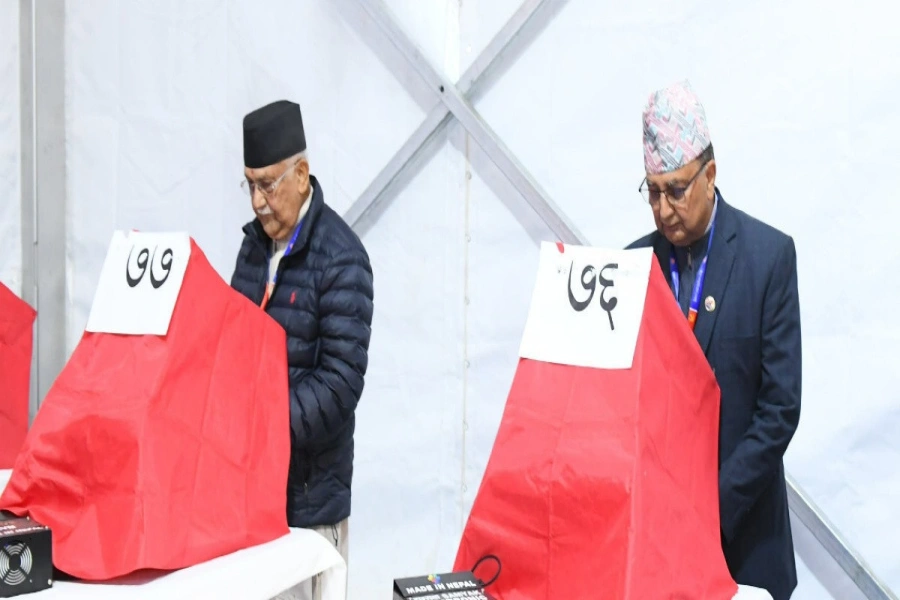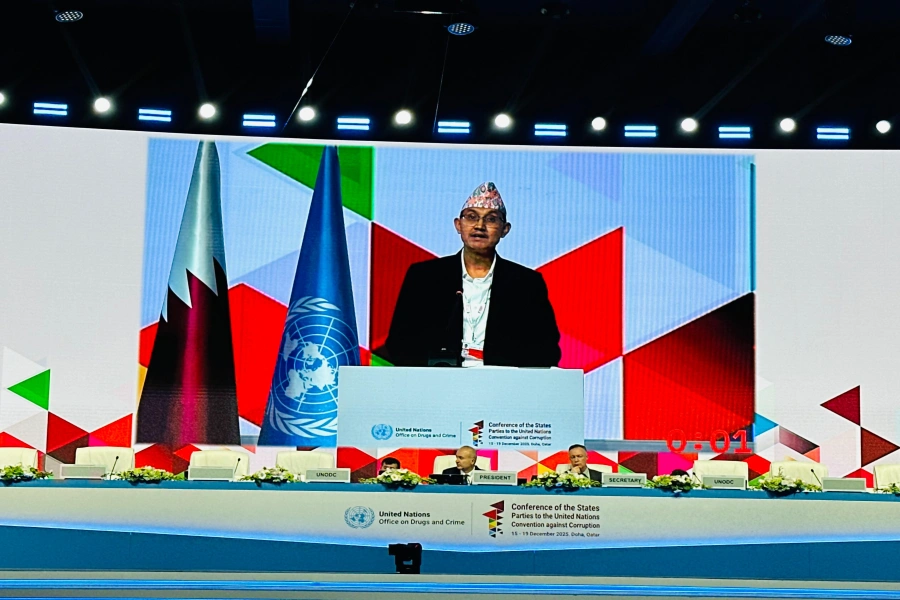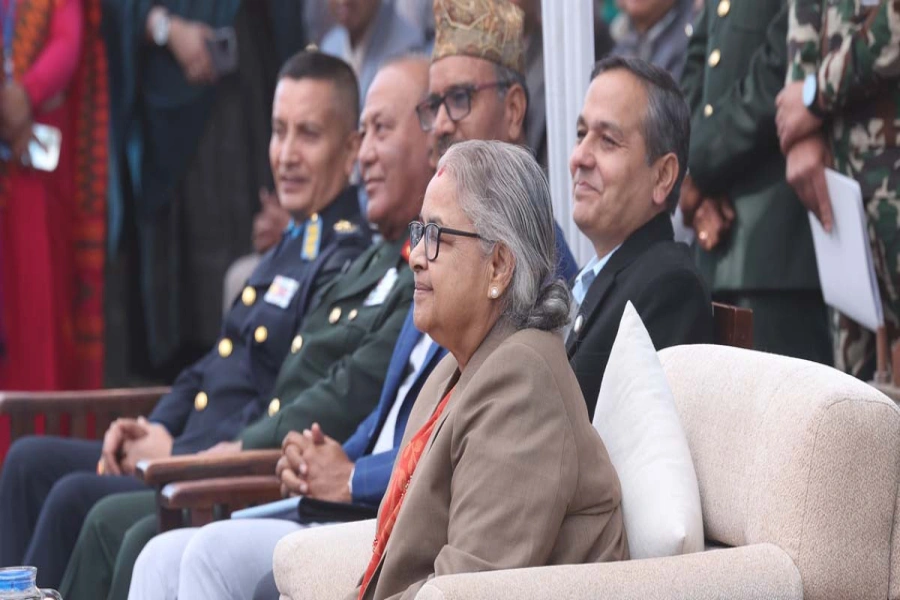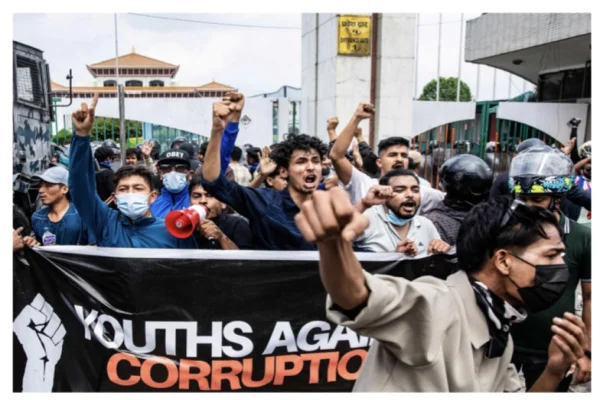KATHMANDU, Aug 26: Janai Purnima has a close tie with strings. Every ethnic group that observes the festival carries diverse religious beliefs. However, each division has a common point of unification – the scared threads.
On this day, throngs of devotees line up in Shiva shrines. While Kumbeswar is the most popular destination in the valley, traveling enthusiasts prefer trekking to Gosainkunda to pay their homage to the deity.
The ideologies that different communities in Nepal carry lead to diverse cultural practices during this day. For instance, while the kitchens across Kathmandu valley emit the pleasant aroma of Kwati – a dish prepared with an assortment of nine beans – the residents in the Terai belt take the opportunity to strengthen the brother-sister bond with rakhis.
The name of the festival derives from the practices that prevail within the Brahmin community. The Brahmins, on this day, partake in a religious ceremony of changing their Janai – a sacred cotton strand.
NHRC proposes making its recommendations binding on govt

My City’s Aditya Neupane compiled the major cultural practices of different ethnicities of Nepal during Janai Purnima.
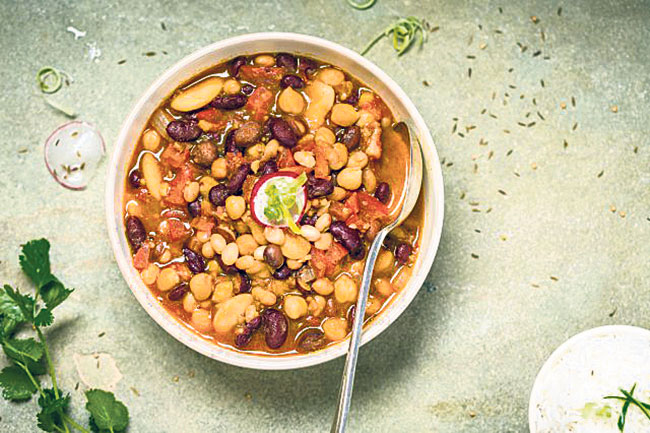 Kwati consumption
Kwati consumption
Kwati is a warm soup dish consisting of an assortment of nine types of beans. The ingredients are soaked overnight and then cooked combining additional seasonings.
Kwati is packed with protein, carbohydrates, iron, vitamins, phosphorus, calcium, and other nutrients. Professor of Tribhuvan University, Dr Beena Poudyel, informed that the trend of consuming this dish first started in the Kathmandu valley, but later transferred to other regions.
Citing the consumption of kwati on the occasion of Janai Purnima, this day is also referred to as Kwati Punhi by the Newars of the valley.
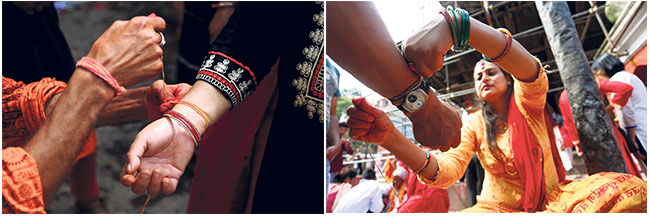 Faith in doro
Faith in doro
The tying of the doro – a scared string around the wrist – is equally popular on Janai Purnima. Legends have it that tying this thread following the right procedures will protect the person from different kind of dangers prevalent in one’s life.
The doro is removed on Laxmi Puja and tied onto the tail of a cow. Explaining this tradition, Poudyel said, “In the Hindu mythology, people have to face different obstacles after death. Crossing the Baitarni River is the main obstacle. If doro is tied onto the cow’s tail, then they will help the person, who’s doro the cow’s tail hold, cross the river.”
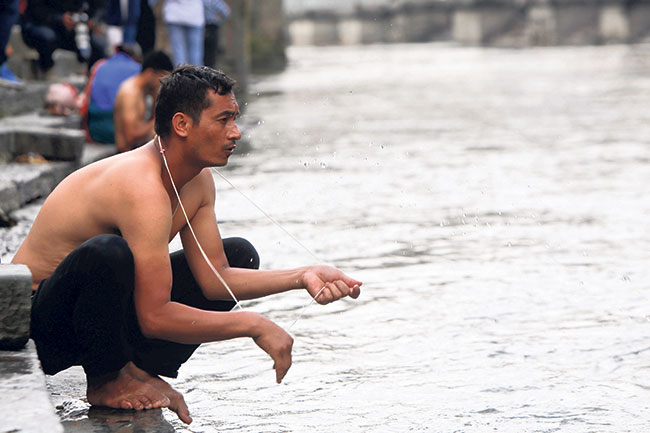 Changing of the Janai
Changing of the Janai
Janai is a sacred thread consisting of several layers of strings. It is worn diagonally across the chest by Hindu males.
“Janai is prepared following rigorous religious procedures. It contains three sikhas, each of them is the symbolic representation of three main gods of the Hindu religion: Brahma, Bishnu, and Maheshwara,” stated Poudyel.
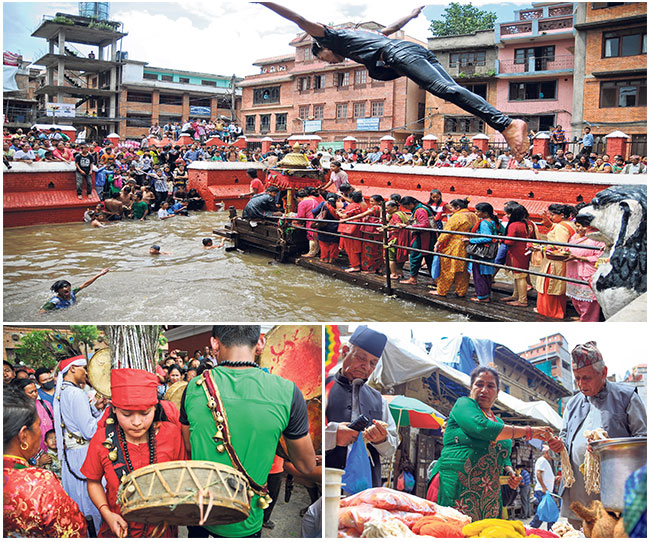 Religious fairs
Religious fairs
On the occasion of Janai Purnima, devotees visit various religious sites. Gosainkunda and Kumbeshwar see throngs of devotees on this day. This day is also considered as the day to renew the knowledge of the Shamans, or the jhakris.
Gosainkunda is considered the most revered religious site of the Shamans. Most opt to visit the shrine in Gosainkunda, Langtang, whereas, those who remain in Kathmandu visit Kumbeshwar.
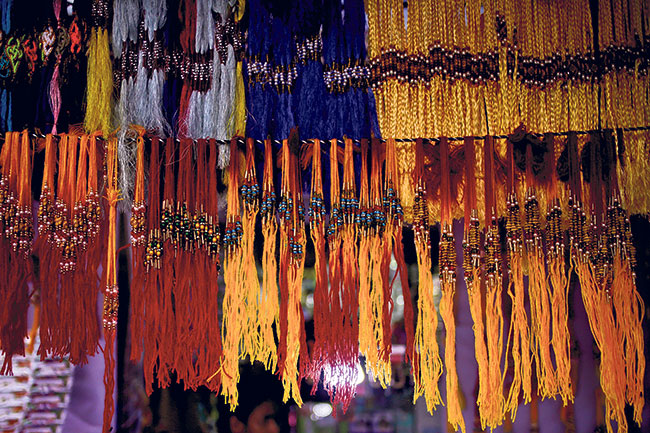 Tying Rakhi
Tying Rakhi
Janai Purnima in the Terai belt is observed as Rakshya Bandhan. Sisters tie a holy thread, rakhi, on the wrists of their brothers. Rakhi is a thread band made of attractive materials. Brothers return gifts and sweet to their sister and promise to take care of them in return for their rakhi. This custom is closely related to bhai tika as it symbolizes the brother-sister love and bond.





